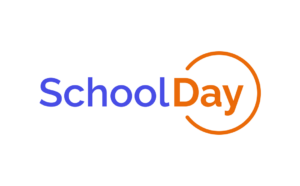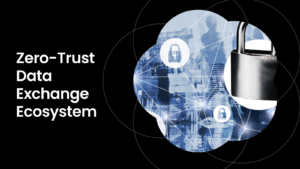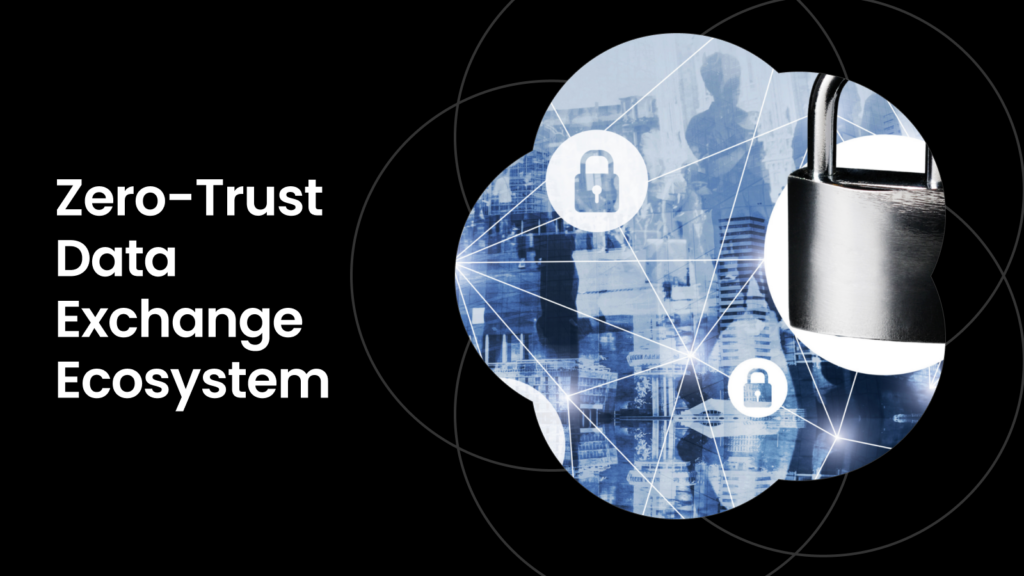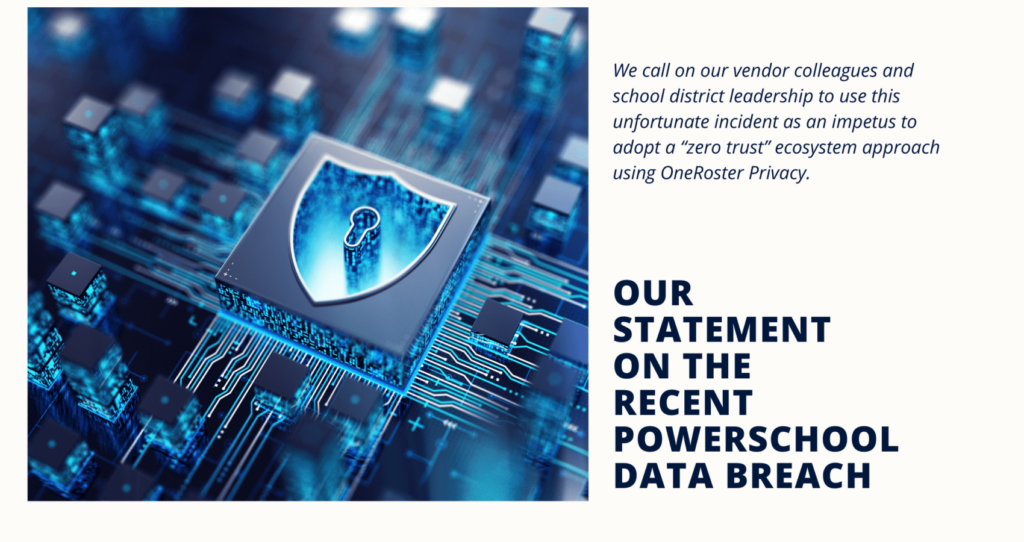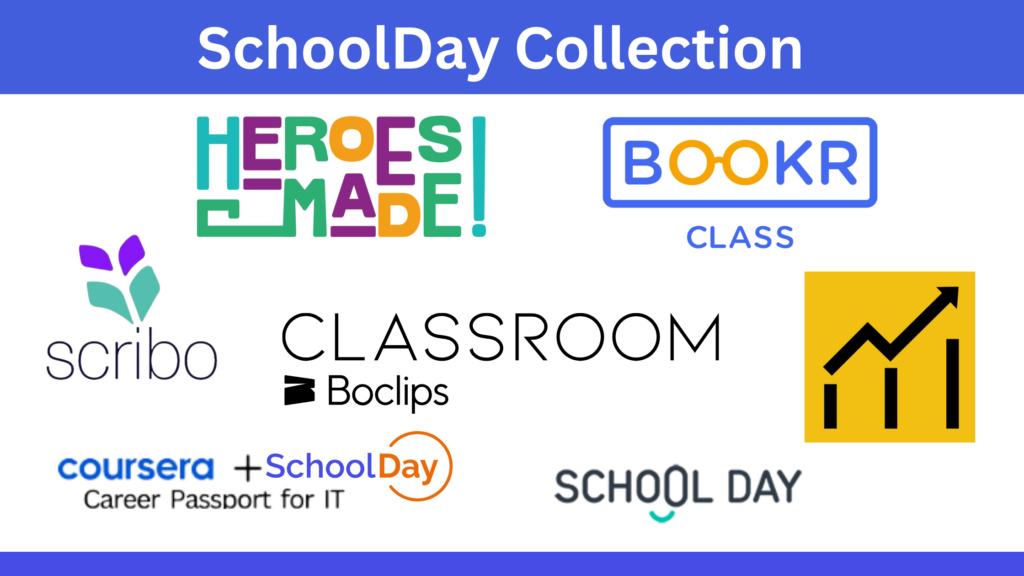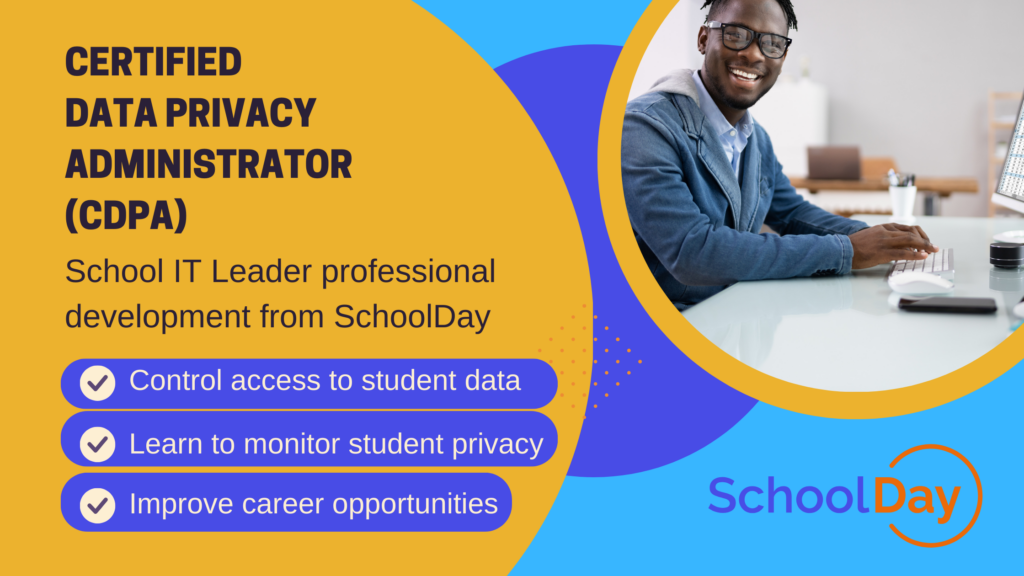August might be summer break for kids, but presents data privacy challenges for school IT leaders.
When calendars flip to August, a sudden flurry of activity ensues at virtually every K-12 school. While students might be squeezing in their last lazy days of summer, teachers, counselors, school administrators, and IT leaders are busy preparing for students to return. In some areas of the U.S., that can be as soon as the first week of August.
As teachers and students return to school in the fall, IT leaders in schools and at edtech companies face a number of challenges. Not only is there pressure to ensure that every classroom is up and running with the technology students will use, there are many new teachers who will be learning how to use school district systems for the first time. Moreover, and perhaps most importantly, IT leaders are charged with providing zero-trust data exchange that prioritizes student data privacy.
District IT Leaders Step Up
Schools have already undergone significant shifts in the delivery of instruction, to include virtual, digital, and blended learning. At the onset of the pandemic, most schools were forced into a rapid deployment of cobbled-together solutions to meet the needs of the students. Gaps were quickly discovered:
- Inequity among students regarding access to Wi-Fi connections and the devices necessary for distance learning
- Lack of security and consistency regarding which apps, software, and programs were being used by the school and by individual teachers
- Significant communication challenges
What schools across the country were able to accomplish was nothing short of remarkable. School district IT leaders worked around the clock to ensure devices were delivered to students. At each turn, as teachers and districts faced new challenges, IT leaders were there to creatively solve the problems. They helped teachers troubleshoot solutions and systems, then did the same for parents and students. No matter how instruction is now being delivered to students, the digital transformation has had a lasting impact on learning and a school district’s ability to meet student needs.
District and School Leaders Must Drive Digital Transformation
When schools struggle with digital transformation, it is usually due to one of the following:
- Lack of clarity among district leaders about how to execute a strategy
- Failure to gain input from key stakeholders, such as IT directors and teachers
- Lack of community support
- Budget constraints
- Lack of focus on data security, student data privacy, and compliance
- Failure to consider the evolution in expectations and demand
Teachers Play a Crucial Role in the Digital Transformation of Education
The goal of digital transformation in education should not be about leveraging technology for technology’s sake but instead with the specific goal of implementing technology that empowers teachers, by providing them with the resources to meet the diverse and challenging needs of their students. Digital transformation was already occurring at schools nationwide; the pandemic simply accelerated that effort to a significant degree. As districts wrestle with the challenges of privacy and security and employ new education tools, feedback and buy-in from teachers has been essential.
Understanding the Challenges of Data Privacy in Education
When information about students, teachers, courses, and various aspects of the education system is spread across multiple sources, databases, formats, and third-party systems, data integrity and be impacted significantly. Because different systems and databases often use incompatible formats and standards, a seamless exchange of data can be difficult. And the more dispersed data sources become, the more difficult it is to maintain data privacy. This increases the risk of data breaches and unauthorized access, as well as potential compliance violations.
With most schools connecting to more than 1,400 edtech products, traditional rostering is no longer a viable or safe solution for maintaining data integrity and data privacy. Traditional rostering services exacerbate the risk by copying roster data to every edtech vendor that a school contracts with. The increased risk in liability and reputational damage from this approach interferes with a school’s ability to comply with data privacy laws, as well as the ability to protect students’ and staff’s personally identifiable information (PII). Privacy monitoring helps schools mitigate that risk. SchoolDay’s dashboard can help you visualize data leaks.
SchoolDay Connects EdTech Vendors and Schools Securely and Safely
SchoolDay offers a comprehensive solution to help you transform your district digitally. Our single sign-on platform that makes it easy and safe for students, teachers, and administrators to access their school’s online learning and administrative applications. Students can access their edtech solutions with a single password. Teachers can manage multiple classrooms in a school or remotely for distance learning. Administrators have an easy way to securely deploy online digital curriculum resources while tracking student access and engagement.
SchoolDay makes it easier and more efficient to select the solutions that help your school meet its education goals more securely. We provide schools with:
- An ever-expanding catalog of edtech applications and tools
- Corporate sponsorships that subsidize the costs of edtech solutions
- Promotional offerings from edtech vendors
- SchoolDay’s single sign-on and ID management solution with anonymized data exchange
- Actual usage statistics and unique KPI’s to measure solution effectiveness
Our team of experts make it easy for school administrators, teachers, and IT leaders to quickly integrate educational technology into their classrooms.

